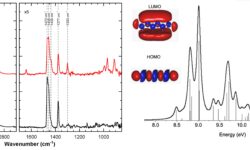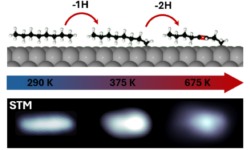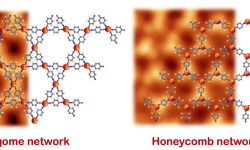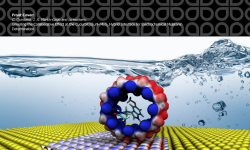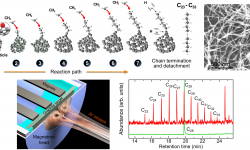On-surface synthesis of metal-organic oligomers from photoactive BOPHY molecules and native adatoms
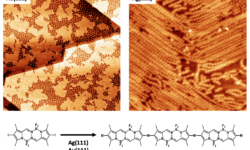
Synthesizing new low-dimensional materials with tailored functionalities for specific applications remains a major challenge in the field of on-surface synthesis. Among these materials, polymers incorporating photoactive moieties stand out as promising candidates for photocatalytic applications, given the exceptional photocatalytic activity exhibited by their bulk counterparts. In this work, following an…






